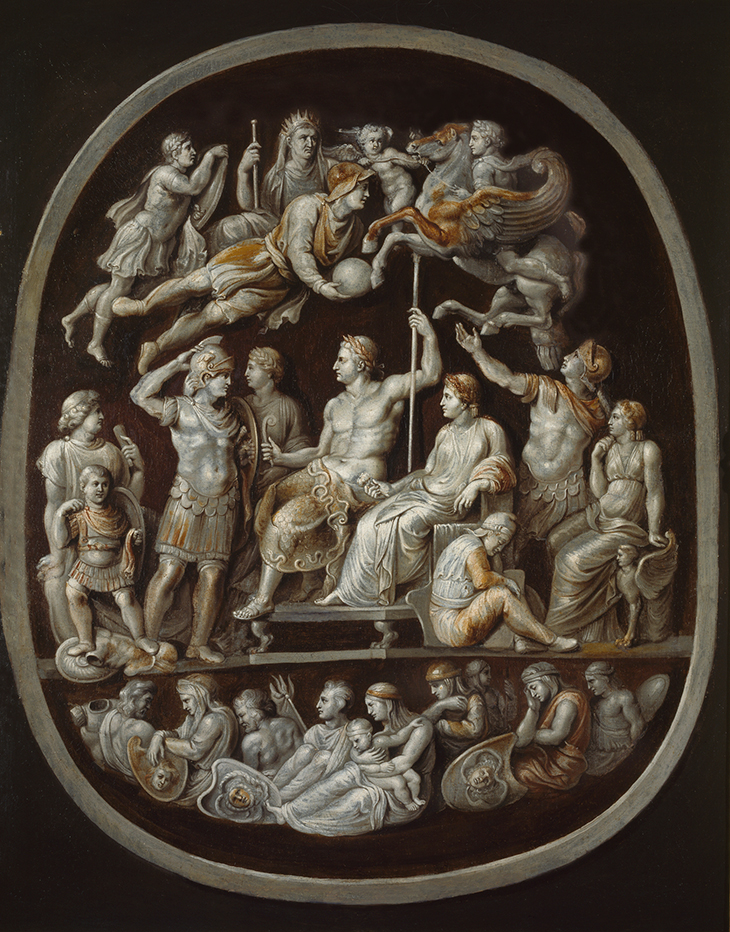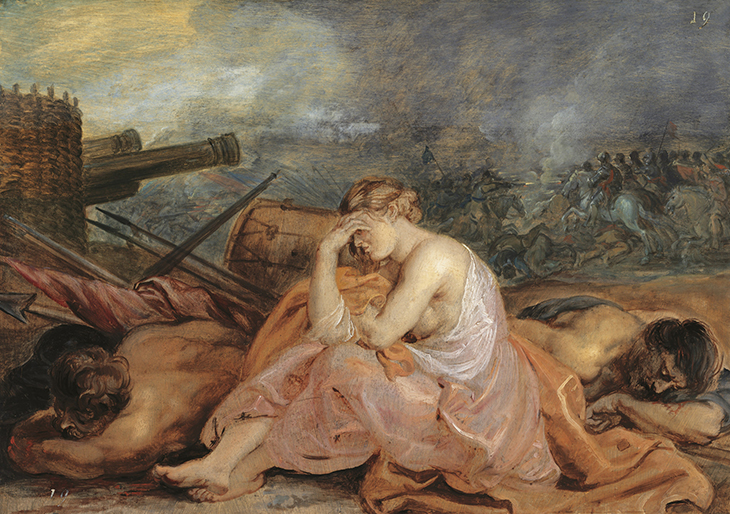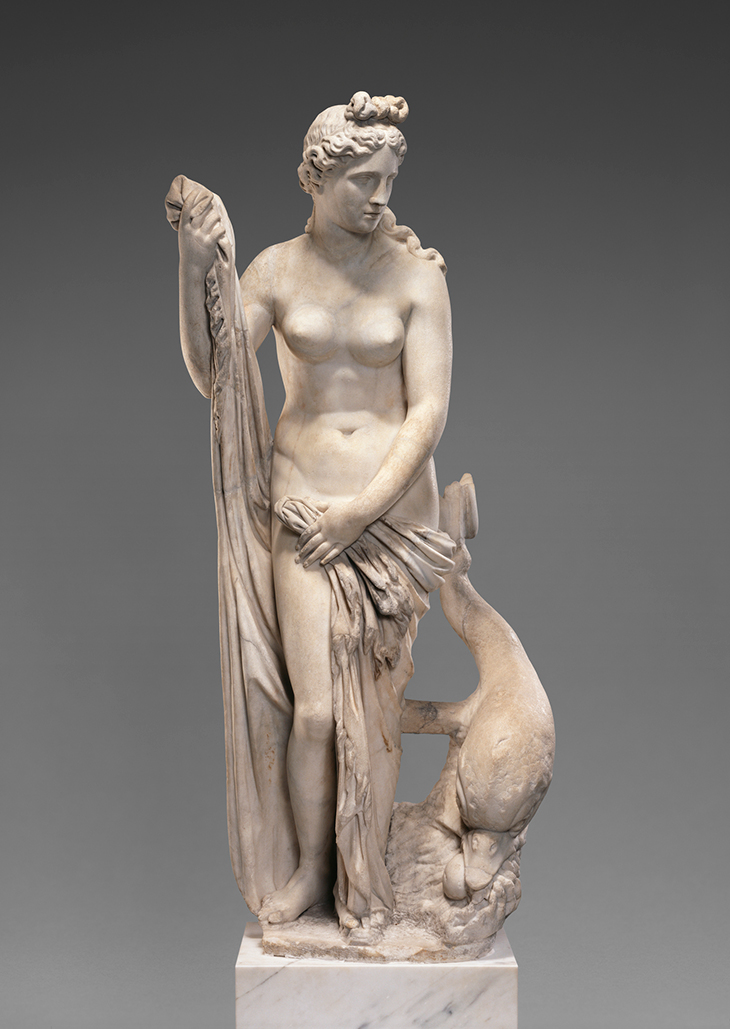This display at the Getty Villa is in fact the first to focus on Peter Paul Rubens’ debt to the art of antiquity (10 November–24 January 2022). The Flemish painter was an avid scholar of the classical world, and amassed a substantial personal collection of marble sculptures and carved gems – some of which are on display here, alongside the Getty’s own renowned classical collections and Rubens’ paintings and drawings of heroes, nymphs, hunts and battles. A particular highlight is the pairing of Rubens’ Calydonian Boar Hunt (c. 1611–12) with an ancient sarcophagus panel depicting the same scene, which he saw when he was in Italy in the early 1600s. Find out more from the Getty’s website.
Preview below | View Apollo’s Art Diary here

Sarcophagus panel with the Calydonian Boar Hunt (280–290), Roman. Woburn Abbey, Bedfordshire

The Glorification of Germanicus (Gemma Tiberiana) (1626), Peter Paul Rubens. Photo: © Ashmolean Museum, University of Oxford

Allegory of War (c. 1628), Peter Paul Rubens. Photo: © Liechtenstein, The Princely Collections, Vaduz-Vienna/SCALA, Florence/Art Resource, NY 2021

Statuette of Venus (100–200), Roman. J. Paul Getty Museum, Los Angeles














![Masterpiece [Re]discovery 2022. Photo: Ben Fisher Photography, courtesy of Masterpiece London](http://zephr.apollo-magazine.com/wp-content/uploads/2022/07/MPL2022_4263.jpg)
‘Like landscape, his objects seem to breathe’: Gordon Baldwin (1932–2025)